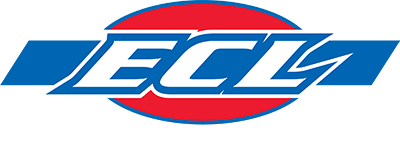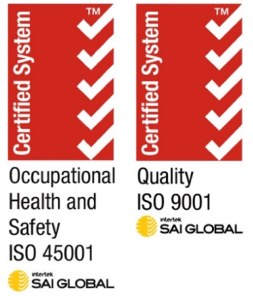Natural gas as a transportation fuel
The rise in production of abundant natural gas in North America and other regions has led to heightened interest in natural gas as a transportation fuel. The outlook for growth in natural gas in the transportation sector differs widely by mode of transportation and by region. Around the world, the biggest interest in
natural gas as a transportation fuel is coming from owners of heavy-duty commercial vehicles. Globally, and particularly in the Asia Pacific region, compressed natural gas (CNG) is already a popular fuel choice for transit buses and delivery and refuse truck fleets. In the United States, equipping a truck to run on CNG costs about $30,000 more than a diesel truck, but potential fuel cost savings could enable a five-year payback time.
Long-haul trucks may favor liquefied natural gas (LNG) because of its higher energy density than CNG and the ability to travel up to 750 miles between fill-ups while pulling heavy loads. Fuel cost savings could recoup the higher investment costs for an LNG truck ($70,000 to $90,000 compared to diesel) within about three years. In terms of light-duty passenger vehicles like cars and SUVs, several countries currently have conditions that favor CNG vehicles, such as air pollution concerns in large urban areas or an ample supply of natural gas relative to refined oil products. These include Argentina, Brazil, Iran, Pakistan and India, which together account for around 80 percent of the global CNG passenger fleet.
However, ExxonMobil expects that outside of these countries, growth in natural gas as a transportation fuel for light-duty vehicles will be limited. While natural gas prices may be lower than gasoline prices, fuel cost is just one dimension of a consumer’s decision about which vehicle to purchase. Other
dimensions include the fact that natural gas vehicles are more expensive.
In the United States today, CNG cars can cost about $8,000 more than comparable gasoline-powered cars. CNG vehicles have fuel economy similar to conventional gasoline engines, so a typical driver would take more than five years to recoup the extra purchase cost.
Consumers looking to save fuel costs are more likely to choose hybrid vehicles, which are slightly more expensive than conventional vehicles but have far higher fuel economy. CNG vehicles also have a shorter driving range — up to 40 percent less than comparable vehicles using liquid fuels — due to CNG’s lower energy density and the fact that an adequately sized fuel tank is sometimes challenging to fit into a car.
In all sectors and regions, development of a fueling infrastructure is one of the largest hurdles to natural gas vehicle (NGV) penetration. Fleets of vehicles that return to base each day can economically benefit from a single, highly utilized CNG fueling station. Trucks that travel on established long-haul corridors also have the potential for highly utilized, and therefore economic, LNG fueling stations.
Most challenging is building the fueling infrastructure for passenger vehicles, including a large network of easily accessible refueling stations, particularly
because of the shorter driving range of NGVs. In the United States, only about 1 percent of fueling stations are equipped for natural gas. Home refueling is an option, but the equipment cost can be as high as $4,000.
Ultimately, consumers — individuals and businesses — will assess their needs and the costs of various options when deciding if natural gas as a transportation fuel is right for them. Markets will determine which transportation sectors can benefit most from natural gas and a fueling infrastructure will
develop around those markets.
EAST COAST LUBES - MOBIL LUBRICANTS DISTRIBUTOR
East Coast Lubes is an Authorised Mobil Lubricants Distributor for Queensland and the Northern Territory.
The Head Office for East Coast Lubes is located in Toowoomba, Queensland and our main distribution centre is located at Eagle Farm in Brisbane.
We also have a Northern Territory distribution centre located in Berrimah, Darwin.
© Mobil is a trademark of Exxon Mobil Corporation and used under license by East Coast Lubes
Staff Intranet | © Copyright East Coast Lubes 2022 | Website by Bespoke Digital






